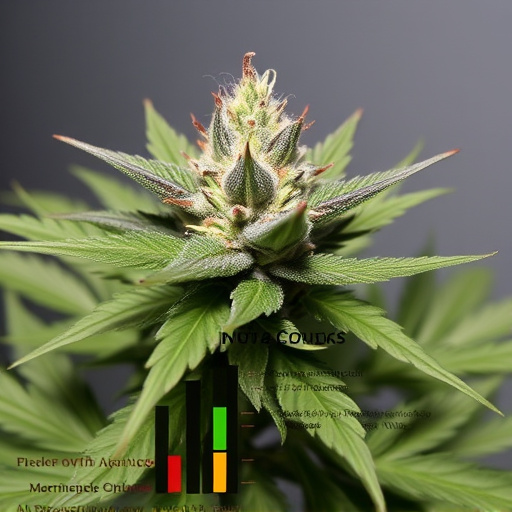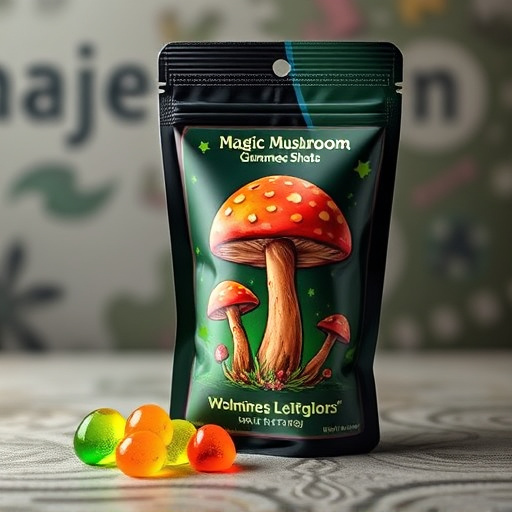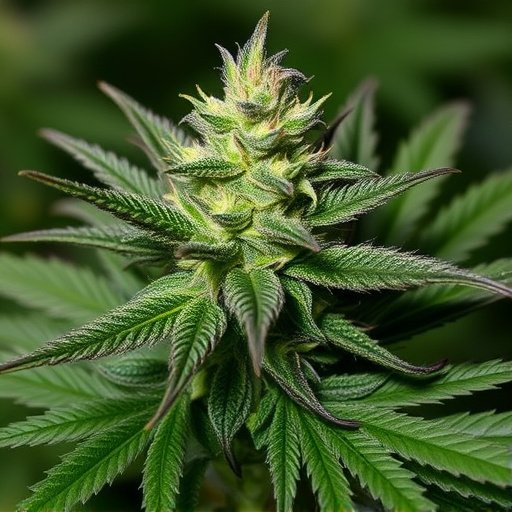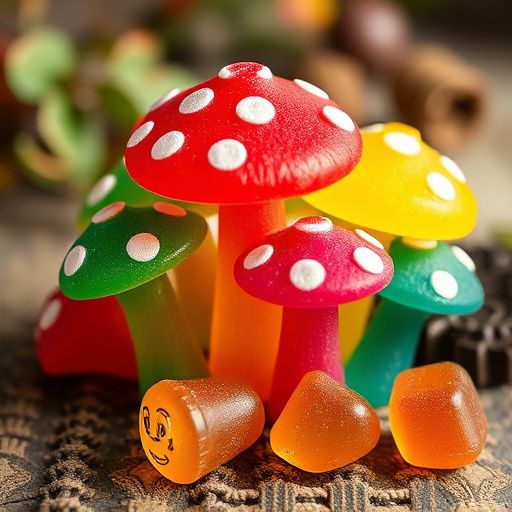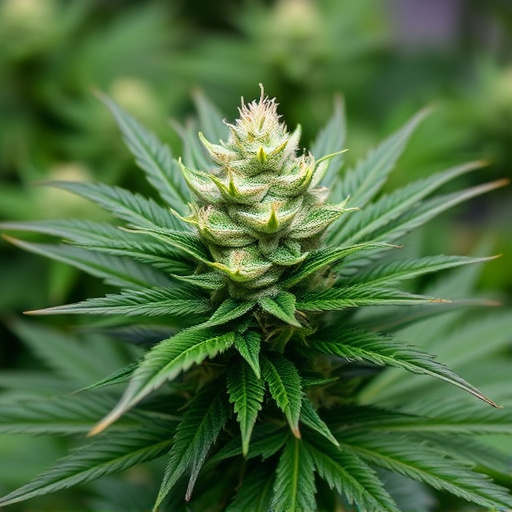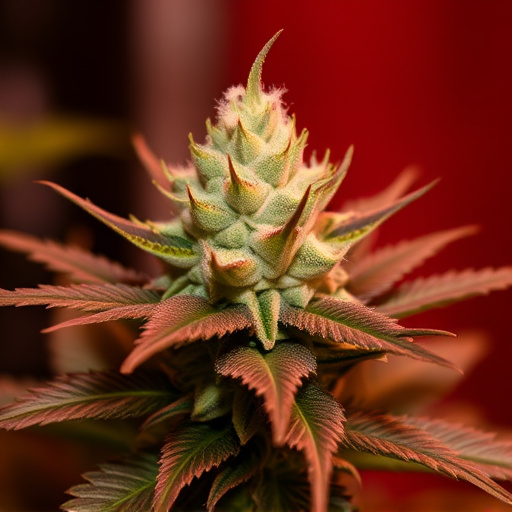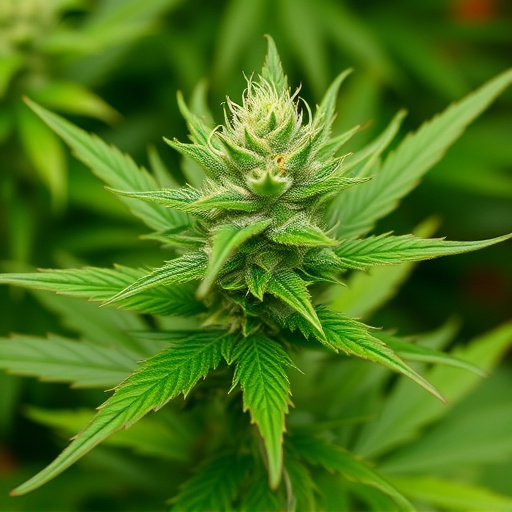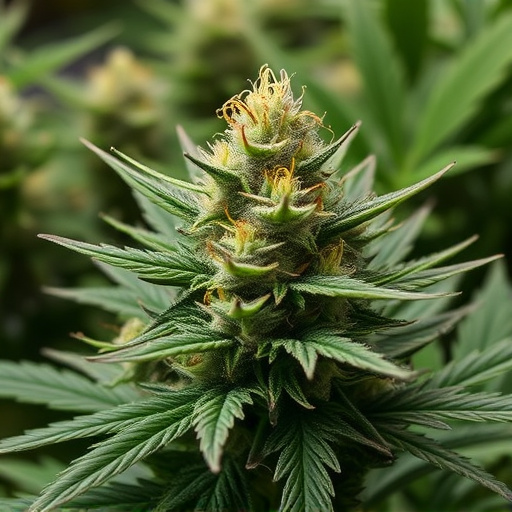Sun-grown and indoor cannabis cultivation methods offer distinct advantages and challenges. Sun-grown cannabis leverages natural sunlight for enhanced terpene profiles, higher potency, and year-round outdoor growth, appealing to nature-conscious consumers. Indoor cultivation provides controlled environments, enabling consistent high-quality best selling cannabis strains production throughout the year but requires significant upfront investment. The ideal approach combines both methods to meet market demands by offering diverse, sun-grown options alongside consistently available indoor-grown varieties.
“Uncover the secrets behind the growth methods of modern cannabis cultivation in our comprehensive guide. Explore the pros and cons of sun-grown cannabis, where natural sunlight fosters unique flavors and terpene profiles, but faces challenges like climate constraints. Contrast this with indoor cultivation, offering year-round control but potentially impacting potency.
We delve into which method suits the best-selling strains, considering factors that drive consumer demand for top-tier cannabis experiences.”
- Sun-Grown Cannabis: Advantages and Disadvantages
- Indoor Cultivation: Benefits and Drawbacks
- Comparing Sun-Grown and Indoor: Which is the Best for Top-Selling Strains?
Sun-Grown Cannabis: Advantages and Disadvantages
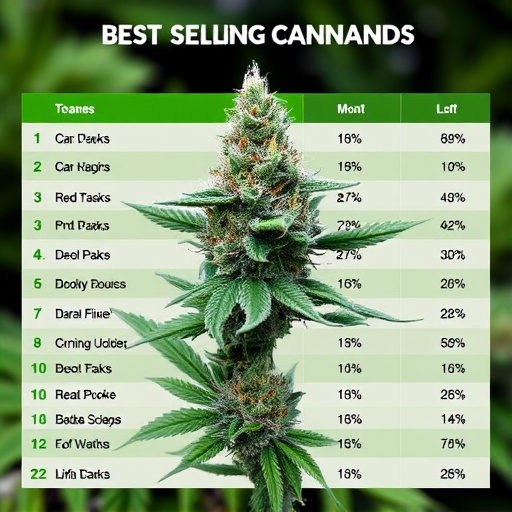
Sun-Grown Cannabis offers a unique set of advantages and disadvantages compared to its indoor counterpart. One of the primary benefits is its ability to harness natural sunlight, which promotes robust plant growth and often results in higher levels of terpenes and cannabinoids, making it appealing to those who prioritize potency and flavor. Outdoor cannabis plants can also develop thicker stems and larger leaves, contributing to a higher yield per plant. Additionally, sun-grown cannabis tends to adapt to local environmental conditions, fostering resilience and diversity among the best-selling cannabis strains.
However, there are challenges associated with this method. Outdoor cultivation is more susceptible to unpredictable weather conditions, pests, and diseases, requiring meticulous monitoring and potential loss of crop. Land availability for large-scale outdoor farming can also be a significant hurdle, especially in regions where cannabis legalisation is still evolving. Furthermore, controlling the growth cycle is more challenging outdoors, leading to less consistent harvest times compared to indoor cultivation methods.
Indoor Cultivation: Benefits and Drawbacks
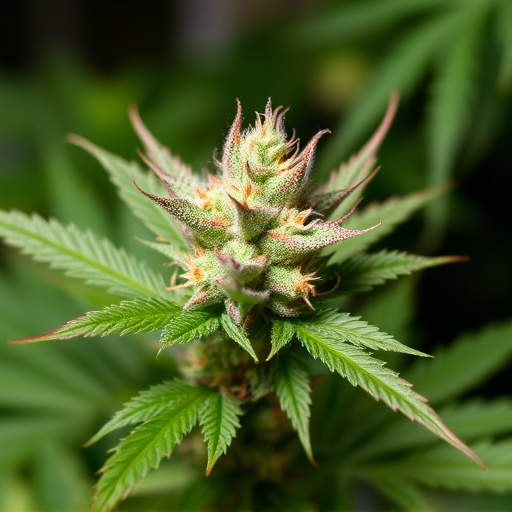
Indoor cultivation has become increasingly popular in the cannabis industry, offering a controlled environment for plants to thrive. One significant advantage is consistency; growers can meticulously regulate factors like light cycles, temperature, and humidity, ensuring optimal conditions for specific strain requirements. This precision allows for year-round production of high-quality, potent best-selling cannabis strains, meeting consumer demands consistently.
However, indoor cultivation faces challenges. It requires substantial financial investment in equipment and infrastructure, including lighting, ventilation, and advanced watering systems. Additionally, space constraints can limit the scale of operations, which may impact profitability compared to sun-grown methods. Despite these drawbacks, many growers appreciate the control and efficiency indoor cultivation offers, especially when producing unique or specialized cannabis strains.
Comparing Sun-Grown and Indoor: Which is the Best for Top-Selling Strains?
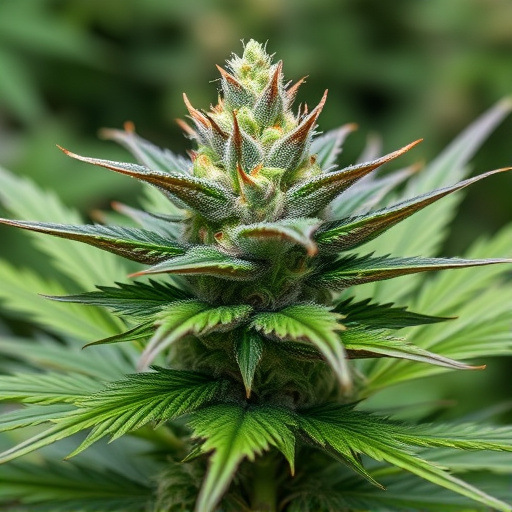
When comparing sun-grown and indoor cannabis, determining which method produces the top-selling strains involves examining several factors. Sun-grown cannabis benefits from natural sunlight, which can lead to higher THC levels and a more robust flavor profile. This method also allows for a more diverse range of terpene production, contributing to unique aromatic experiences. On the other hand, indoor cultivation offers precise control over environmental conditions, enabling cultivators to optimize growing parameters for specific strain characteristics.
Indoor setups are particularly advantageous for commercial operations as they can efficiently produce high-quality cannabis year-round, ensuring a consistent supply of popular and in-demand strains. While sun-grown cannabis may appeal to consumers seeking natural, outdoor-grown products, indoor cultivation’s versatility and predictability make it the preferred choice for cultivating the best-selling cannabis strains that meet market demands.
In the pursuit of cultivating the best-selling cannabis strains, understanding the nuances of sun-grown versus indoor cultivation is paramount. While sun-grown cannabis offers a more natural and environmentally friendly approach with distinct flavor profiles, indoor cultivation provides year-round control over growing conditions, allowing for precise optimization of resource allocation. Ultimately, the ideal method depends on specific strain requirements, market demands, and cultivator preferences. By carefully considering the advantages and disadvantages of each, growers can make informed decisions to produce top-quality strains that cater to diverse consumer preferences in the dynamic cannabis industry.
